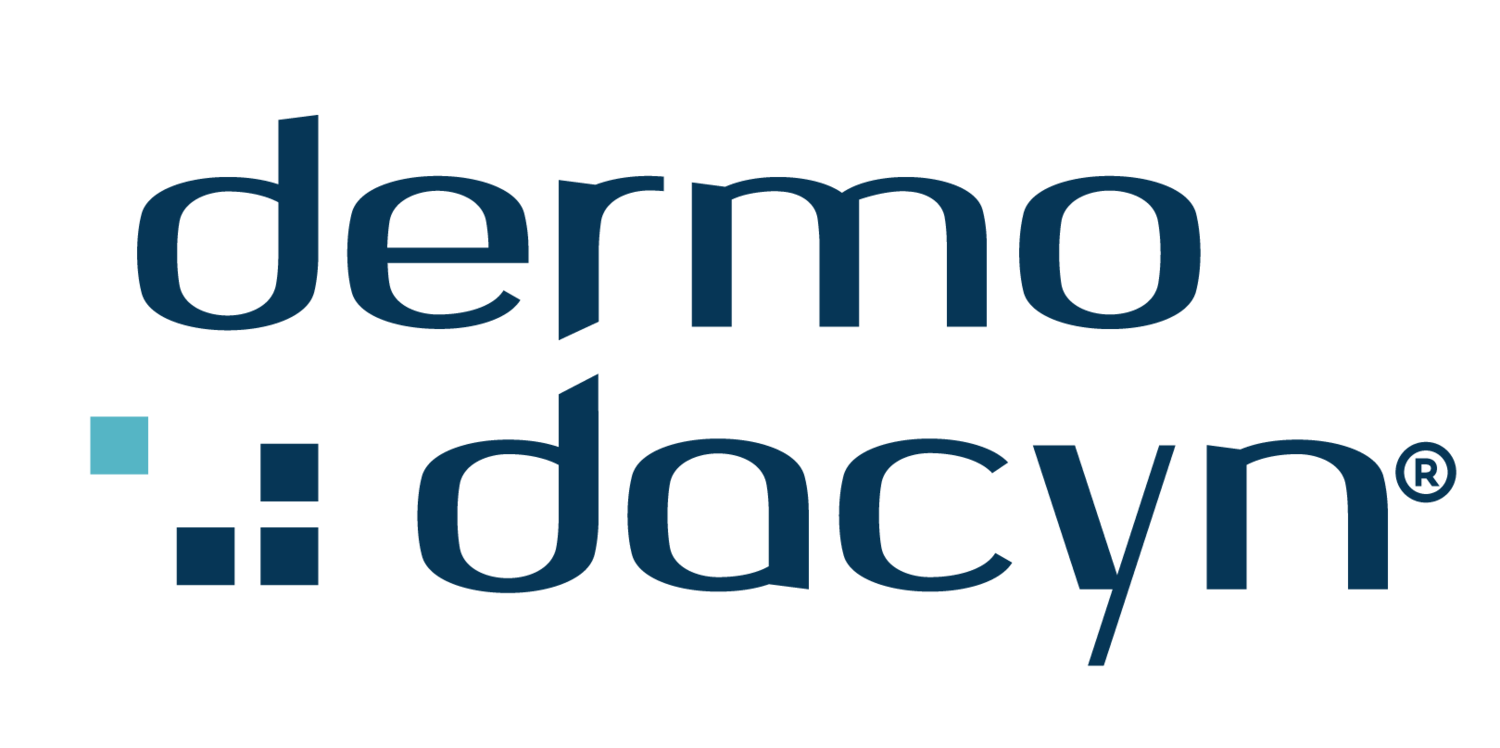
Emergency Services.
Reducing the risk of infection, protecting the professionals that protect us.
Emergency Services.
Emergency medical services (EMS) workers provide pre-hospital emergency medical care and are at the front line of the health care system. They transport patients from various locations to and between care facilities. EMS personnel are at high risk to acquire and transmit health care-associated infections (HAIs) in the workplace.
In 2017, there were an estimated 21,200 injuries and illnesses among EMS workers that were treated in U.S. hospital emergency departments *
According to the American Society of Microbiology, health care facility microbiomes contain diverse bacterial, fungal, and viral pathogens that cause over 1.7 million HAIs each year in the United States alone.
*(CDC 2019).
Superbugs.
Pathogens are present in EMS vehicles, equipment, and personnel are at risk for HAI transmission within the EMS environment and between health care facilities. Other than bacterial, viral or fungal pathogens, of particular concern are those that are highly infectious, display virulence or are resistant to common antibiotics, such as Clostridium difficile, vancomycin-resistant Enterococcus, and methicillin-resistant Staphylococcus aureus (MRSA)
Problem.
Preventing contamination would minimize the spread of HAIs, but time and resource constraints have always been challenges for adequate ambulance vehicle cleaning.
Normal sanitation practices in the EMS environment include a combination of physical processes and chemical solutions for disinfection. Disinfecting agents may include 10% bleach, 80% ethanol, quaternary ammonium chloride, glutaraldehyde, and other chemical agents.
Very few studies report on the efficacy of cleaning products and procedures for reducing pathogen risk in the EMS workplace (ACM, 2020) and there is insufficient assurance on the effectiveness of the disinfectants used.
Solution.
A safe and effective disinfectant does not have to be costly. Where time is of essence, employing a product with simple application and a fast kill time could be lifesaving in an emergency situation.
The product should also be perfectly safe to be used in an environment of people with high health risks.


